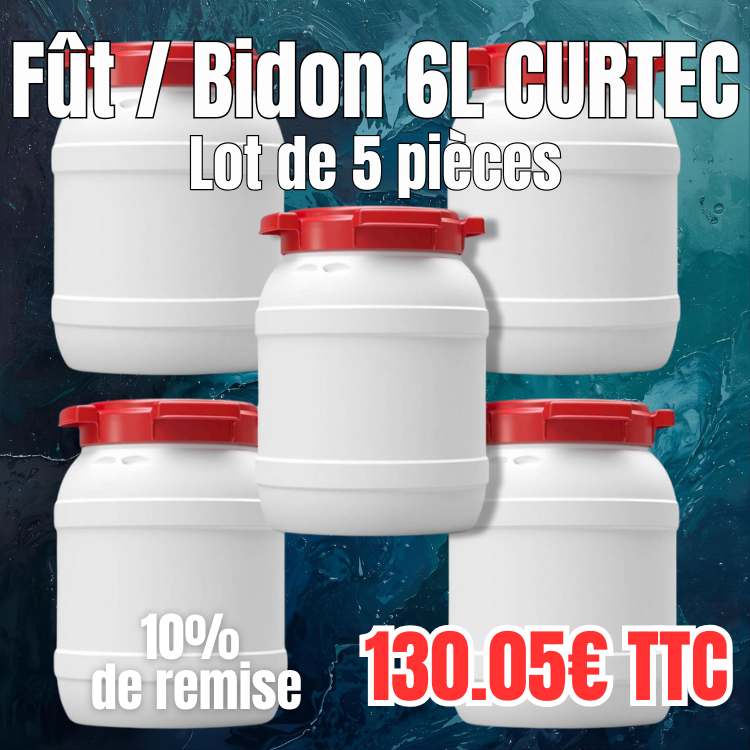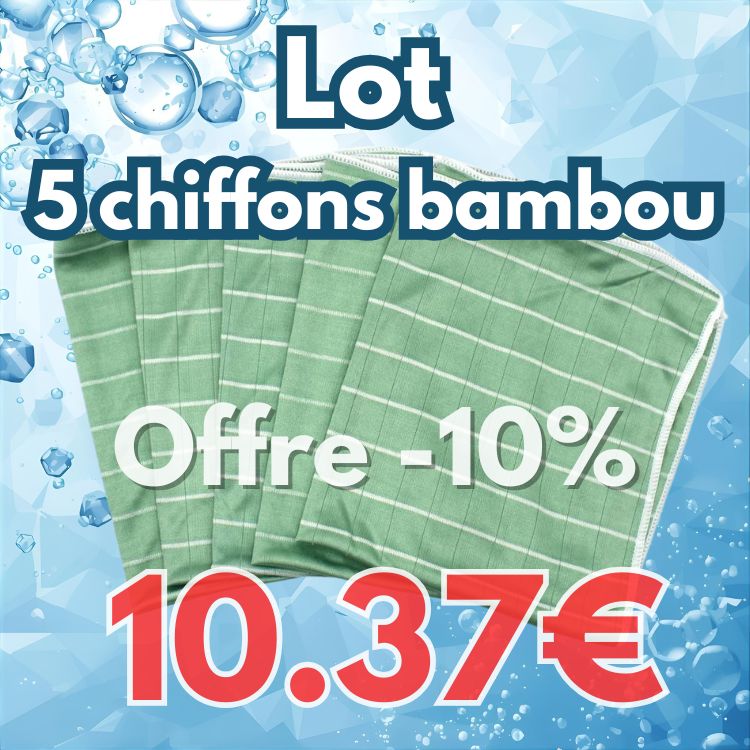
Gardening: 10 indispensable tools
Categories : Latest news
Gardening: 10 essential tools
If there are a multitude of gardening tools that can be useful to you in the garden, some of them are absolutely essential. Here is the selection of Multitanks to garden without problems with suitable equipment.
The spade
The spade is one of the very first hand tools a gardener should have. Consisting of a wooden handle at the end of which is fixed a metal part, it serves mainly to turn the earth to loosen it in depth. By making it more loose and lighter, it allows plant roots to develop more easily.
There are several types of spade, each one adapted to a type of soil (sandy, stony, clayey, etc.) or for a specific use (breaking up clods, loosening up, aerating, amending the soil - in other words restoring its pH in it bringing manure, compost, green manure, etc.)
The hoe
Versatile, the hoe is used as much for hoeing the soil (breaking the crust that forms at the surface layer of the soil in case of heavy rain) as for hoeing (weeding) or buttering the vegetables (bringing back soil at the foot of the plantations). Also made up of a wooden handle, the hoe has a metal blade which makes an acute angle with the latter.
The pruner
The pruning shears are the tool to be stripped for pruning branches less than 1cm in diameter. Whether for aesthetic reasons (in order to balance the silhouette of plants for example) or for the good health of the plants, the size is essential for the vigor of the plants of the garden.
Garden gloves
Every gardener is naturally endowed with an extremely useful tool: his hands. However, these can easily be damaged by garden work. Whether you repot, prune or bine, gardening gloves help prevent skin from being directly exposed to the earth or thorns.
Better to be well equipped, choose gloves that combine flexibility, lightness, finesse and waterproofness. The idea is to be able to work with agility and precision while enjoying better comfort. There are different types of gloves (material, thickness, etc.) but each pair is suitable for a particular task: for logging work for example, the choice should rather be made on thick and resistant gloves equipped with protective cuffs .
The serfouette
The mop looks like a hoe: it consists of a wooden handle at the end of which is fixed a purlin on one side - flat and square blade whose shape recalls that of the hoe and which also allows to uncrust the ground - and either of a tongue - blade in the shape of a pointed tongue - or of a U-shaped fork composed of two or three teeth.
The mop is useful for getting rid of weeds: like the hoe, it makes it possible to break the crust of earth on the surface of the ground and to weed, but also to claw (break the clods that remain after a digging), to dig and aerate.
The rake
Depending on the length and shape of the teeth, the rake has different uses: with straight teeth, it allows to level or loosen the soil and to dig furrows before sowing: in a fan it rather serves to collect the dead leaves or to collect dry grass on the surface of the lawn.
The transplanter
A sort of small rounded shovel attached to a short handle, the transplanter is useful in all tasks related to planting. It is used to break the crust of the earth, dig holes for planting or transplanting, or mix the soil with fertilizer.
The wheel barrow
Indispensable for transporting heavy or bulky loads, the wheelbarrow is made up of a trunk (in which the elements to be transported are placed), a chassis and a rolling system. On two wheels or one, it can transport soil, plants, rubble or bags of soil. For the use of the wheelbarrow to be optimal, the user has an interest in keeping their back straight in order to spare their lower back.
Read also our article on the multifunctional garden cart
The claw
In the garden, the claw, also called a garden hook, is useful for preparing the soil for future plantings: after the digging, the earth is hooked to crumble and break up the clods. This is how the most superficial layer of soil is softened for sowing.
The seed drill
Using a seed drill both saves the seeds and distributes them better. Whether by hand - in the form of a small box allowing the seeds to be distributed one by one - or by hand - handle to be pushed manually in the furrow, at the end of which is fixed a wheel which distributes the seeds -, we use it to seed seeds in a more harmonious way.
Find many garden tools on Multitanks!
Share this content

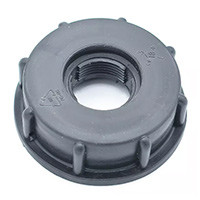
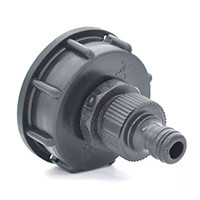

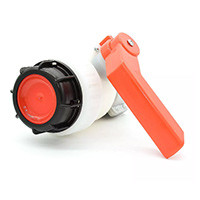

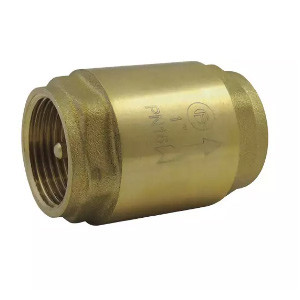
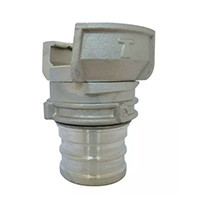
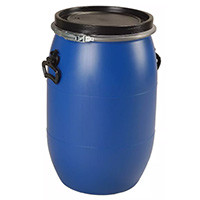
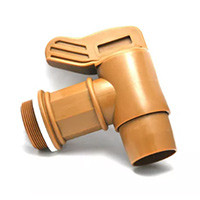
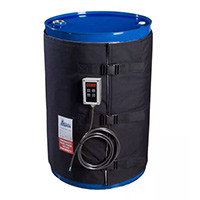
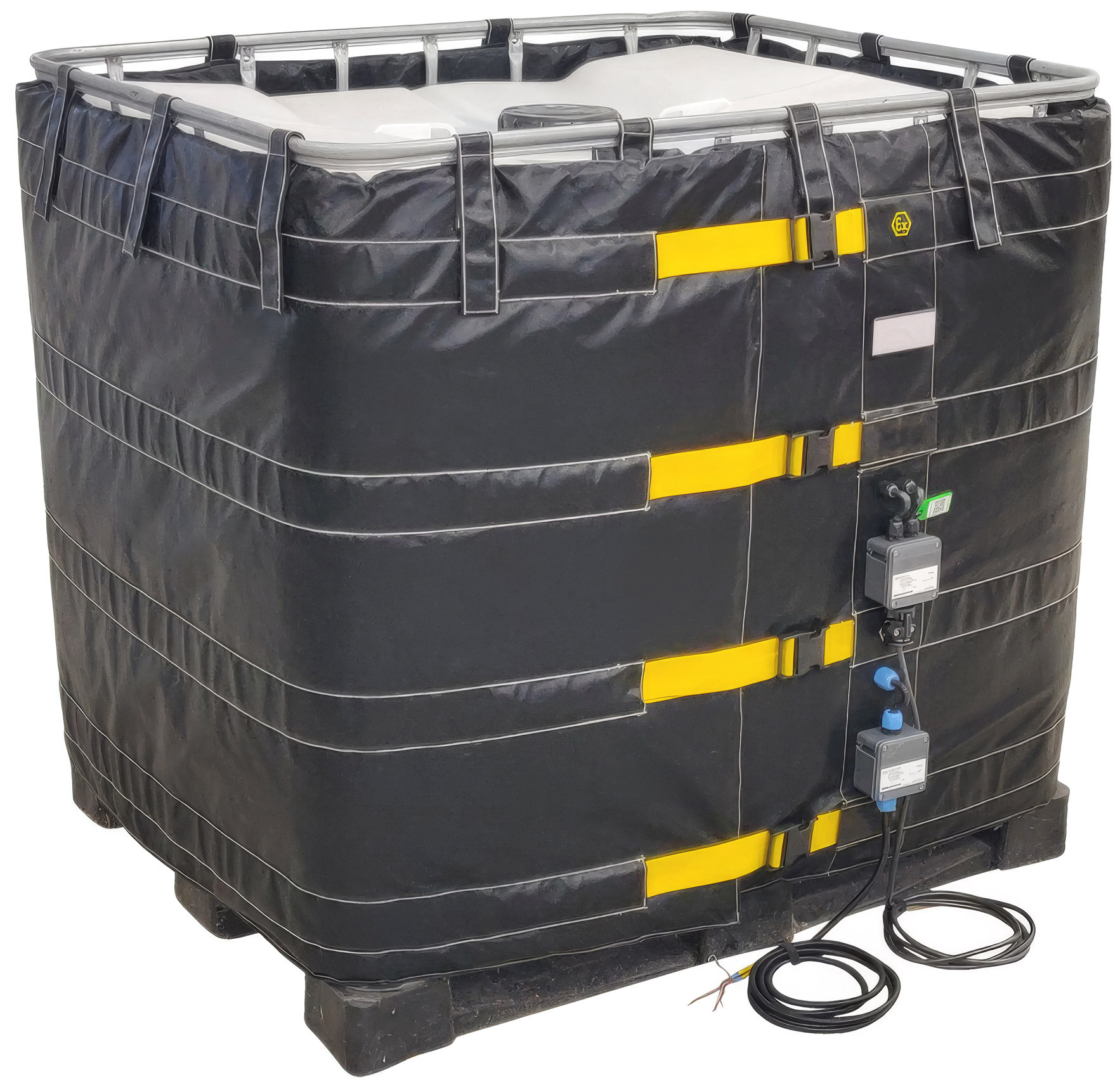
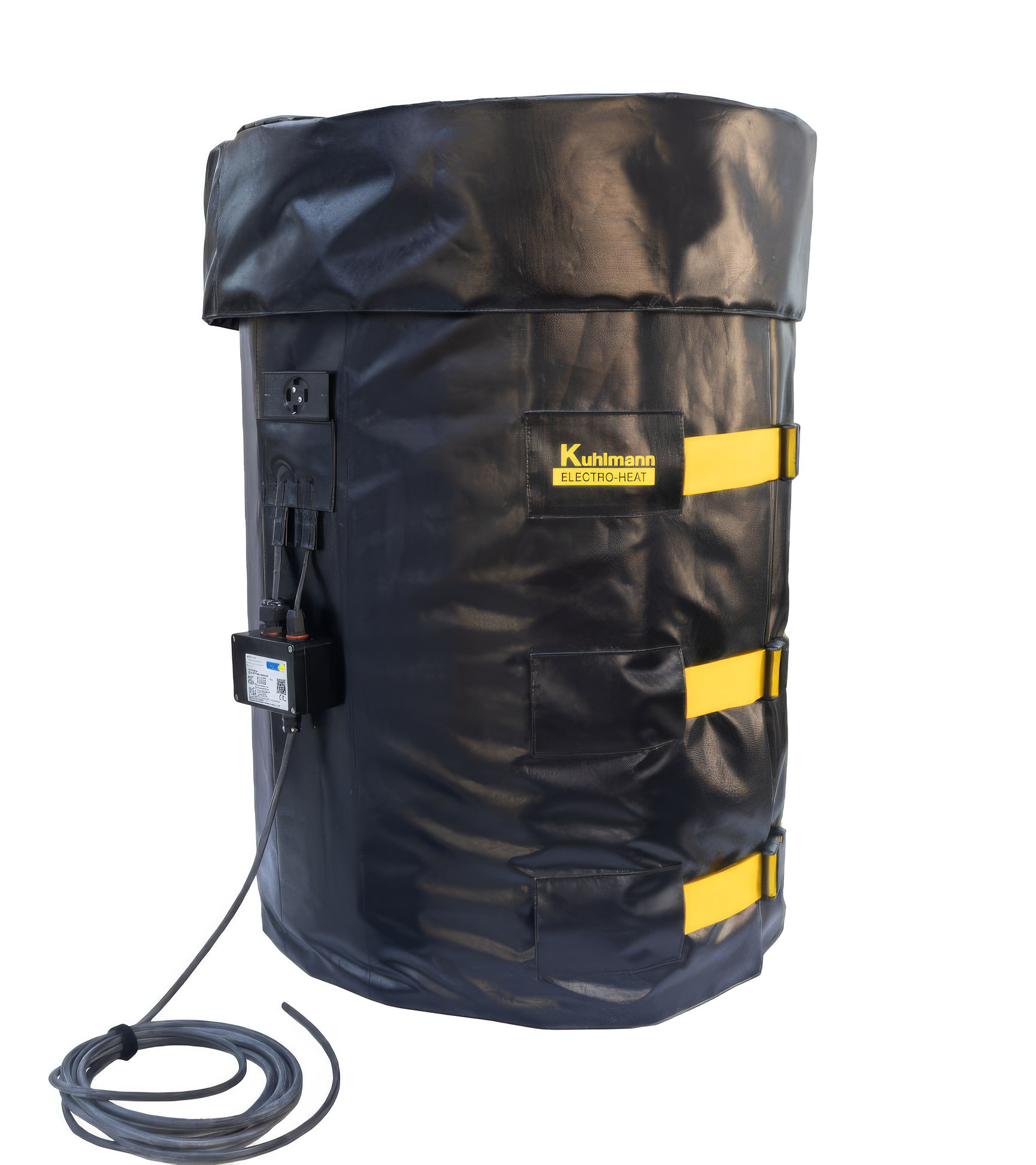
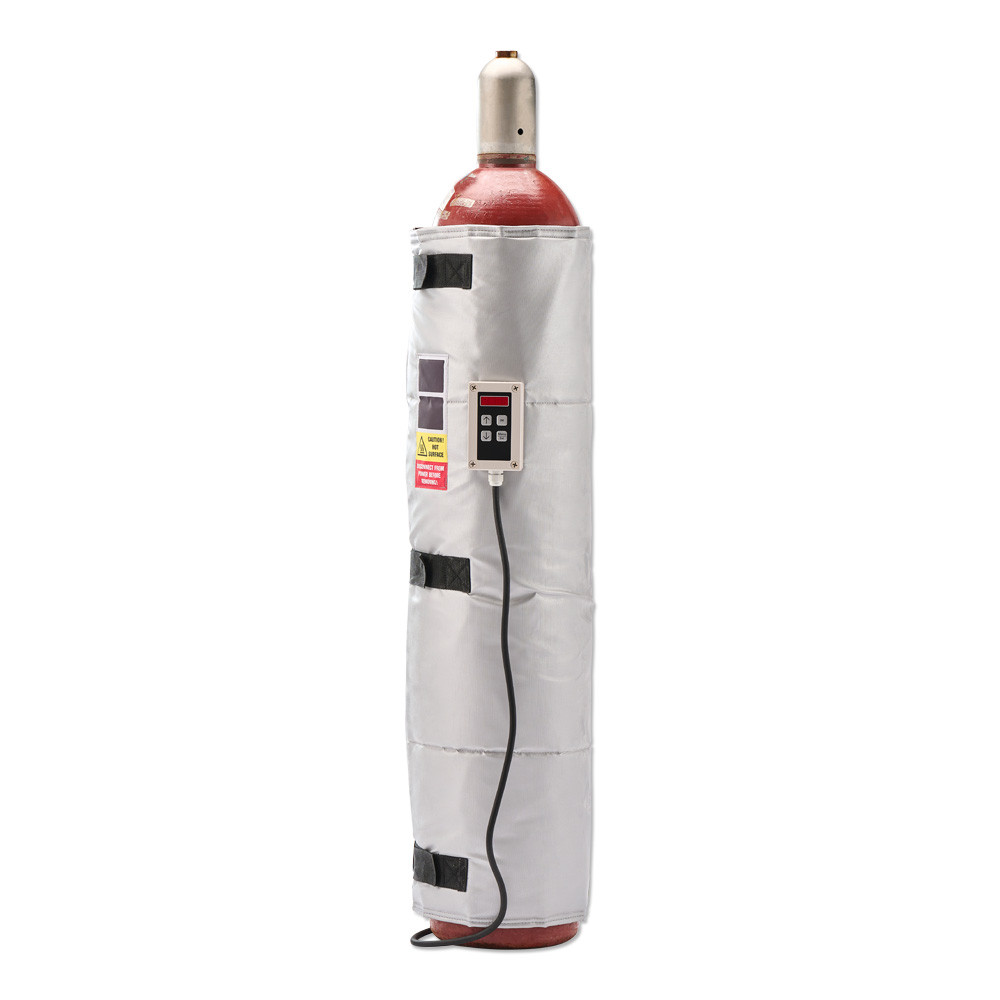
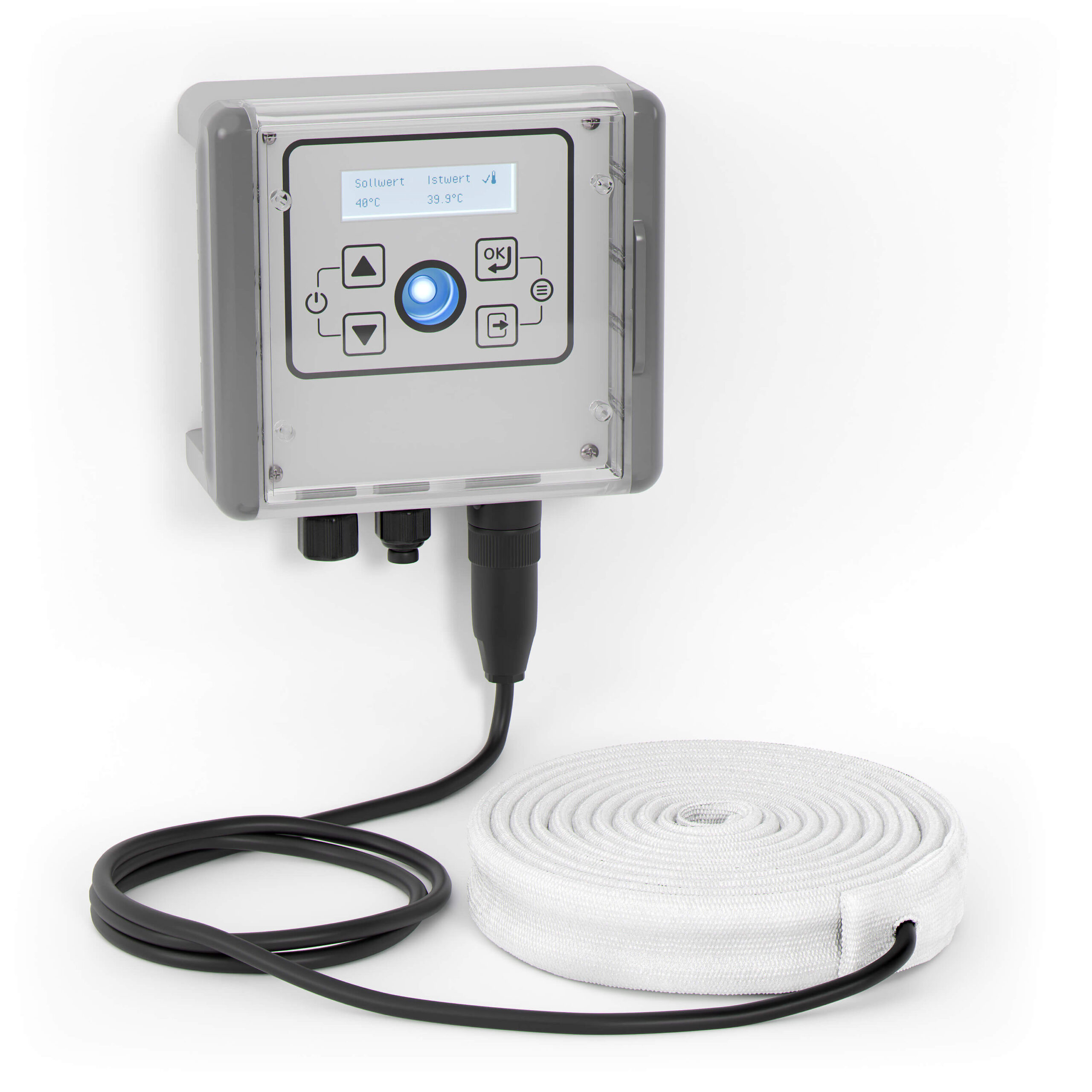
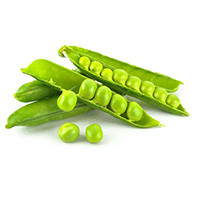

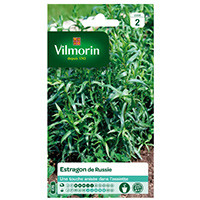

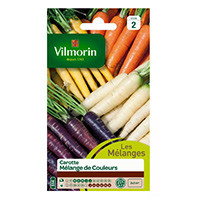



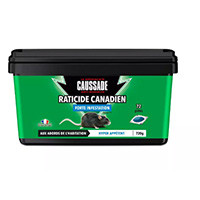
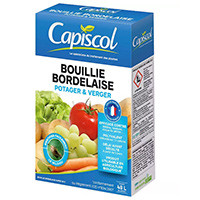
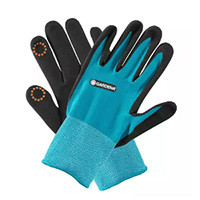
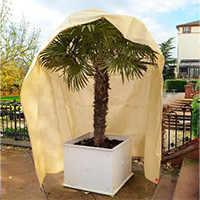
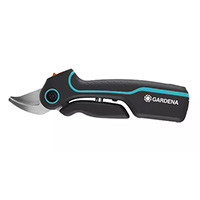

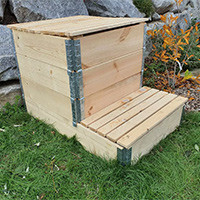
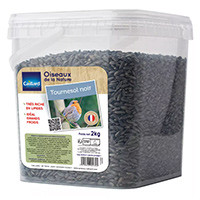
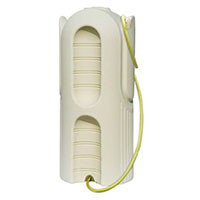
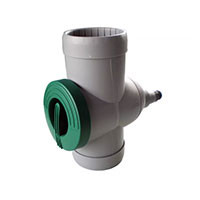
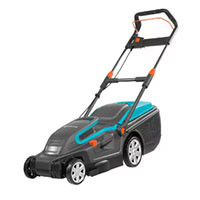
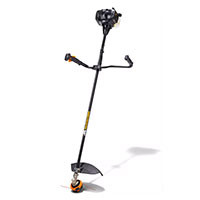
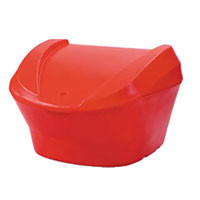
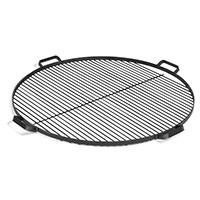
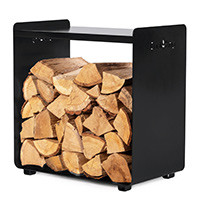
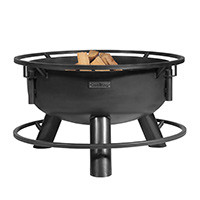
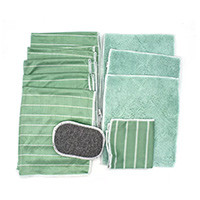
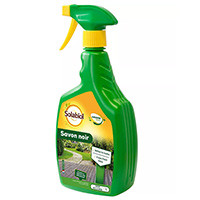

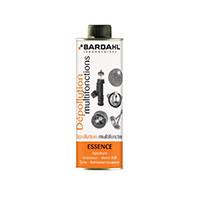
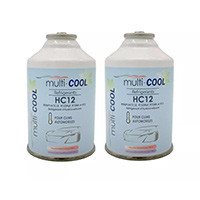
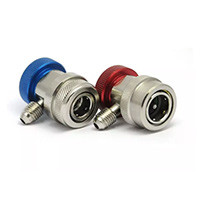

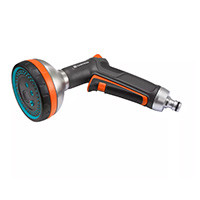
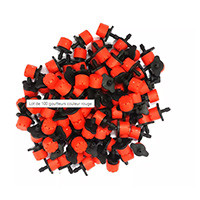

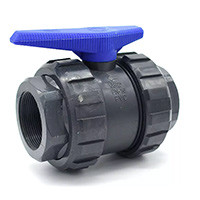
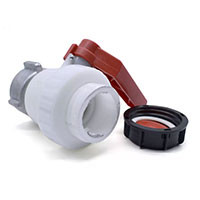
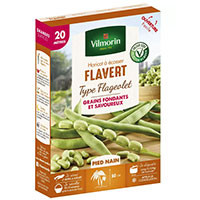
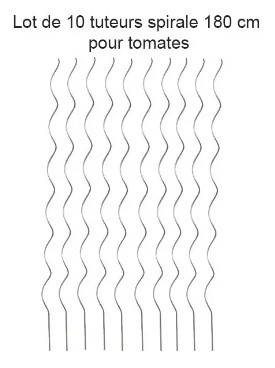
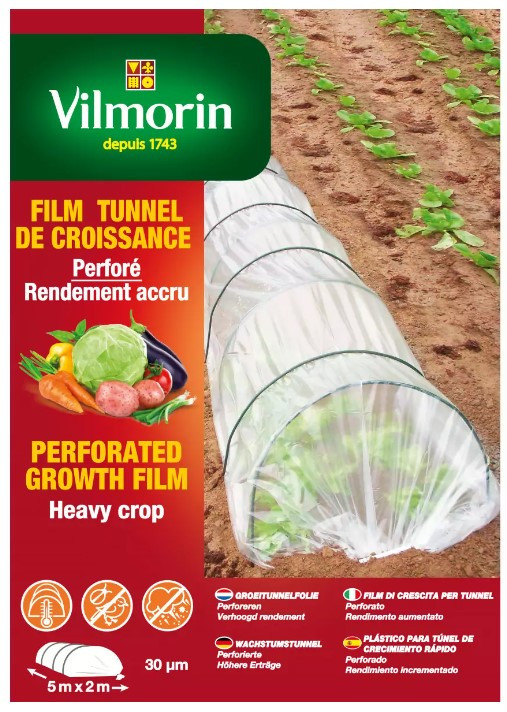
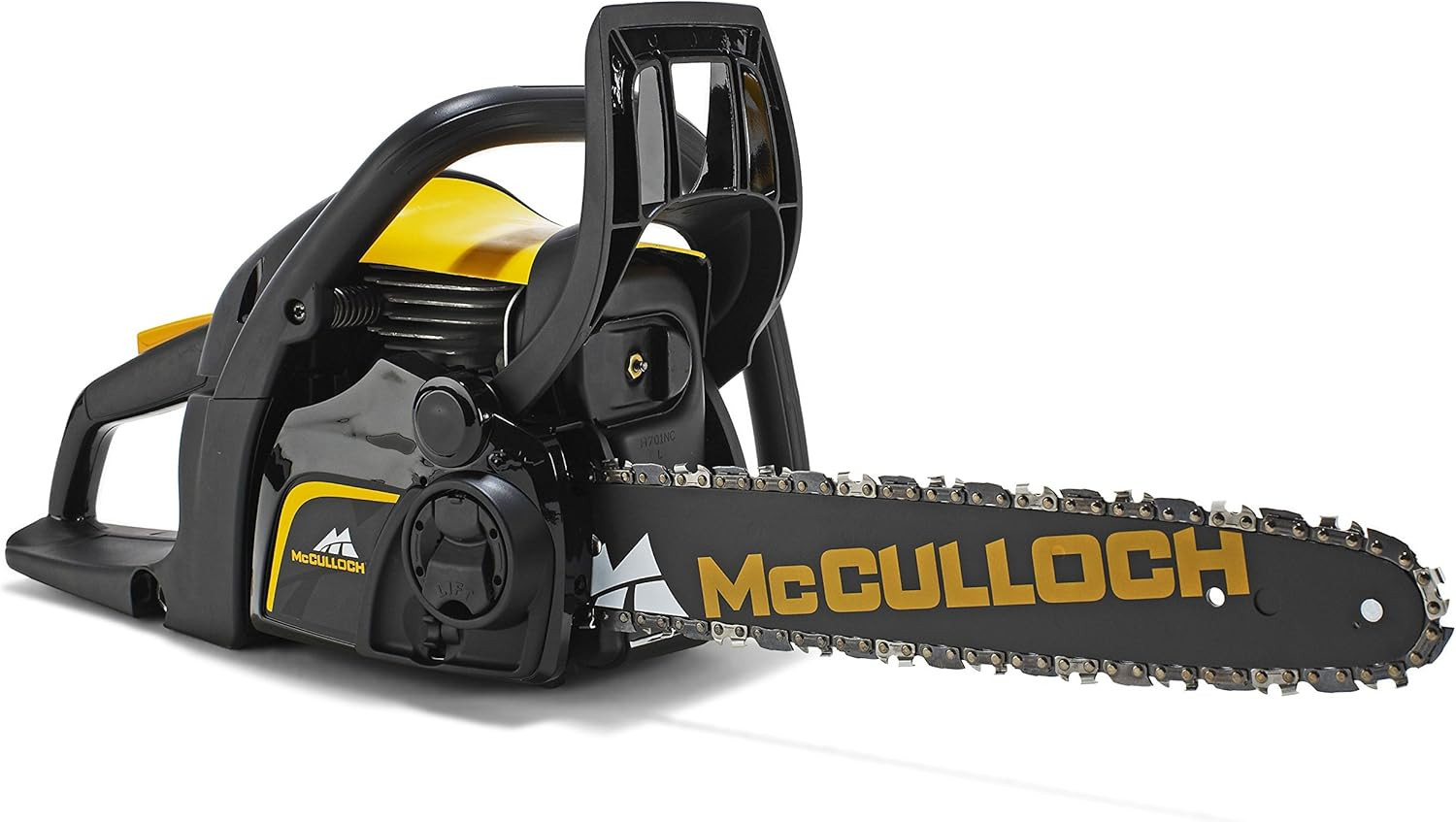
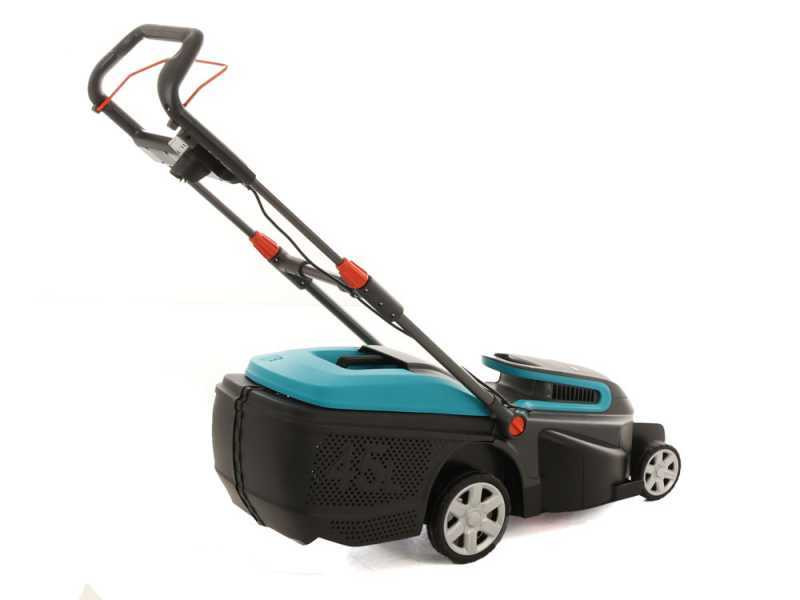

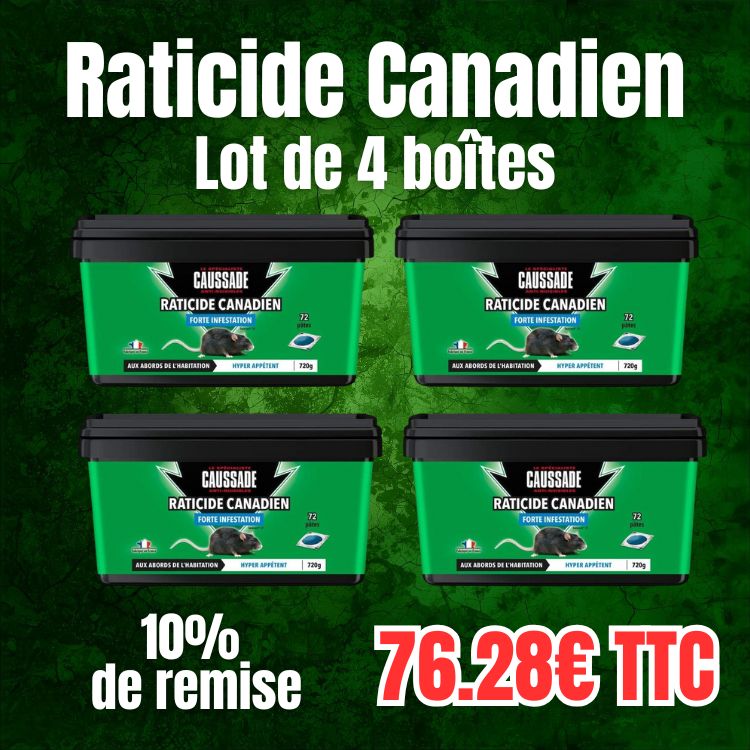

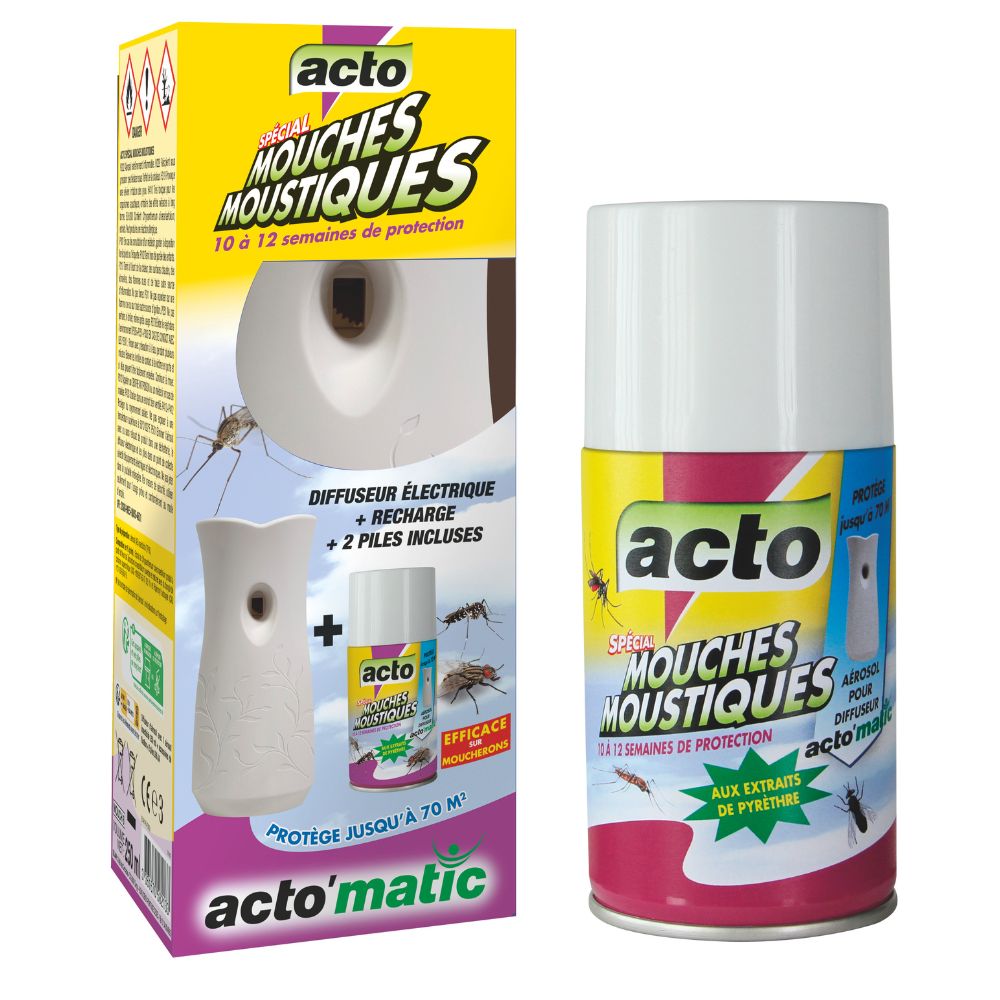
_688cc30f83e4e.jpg)
